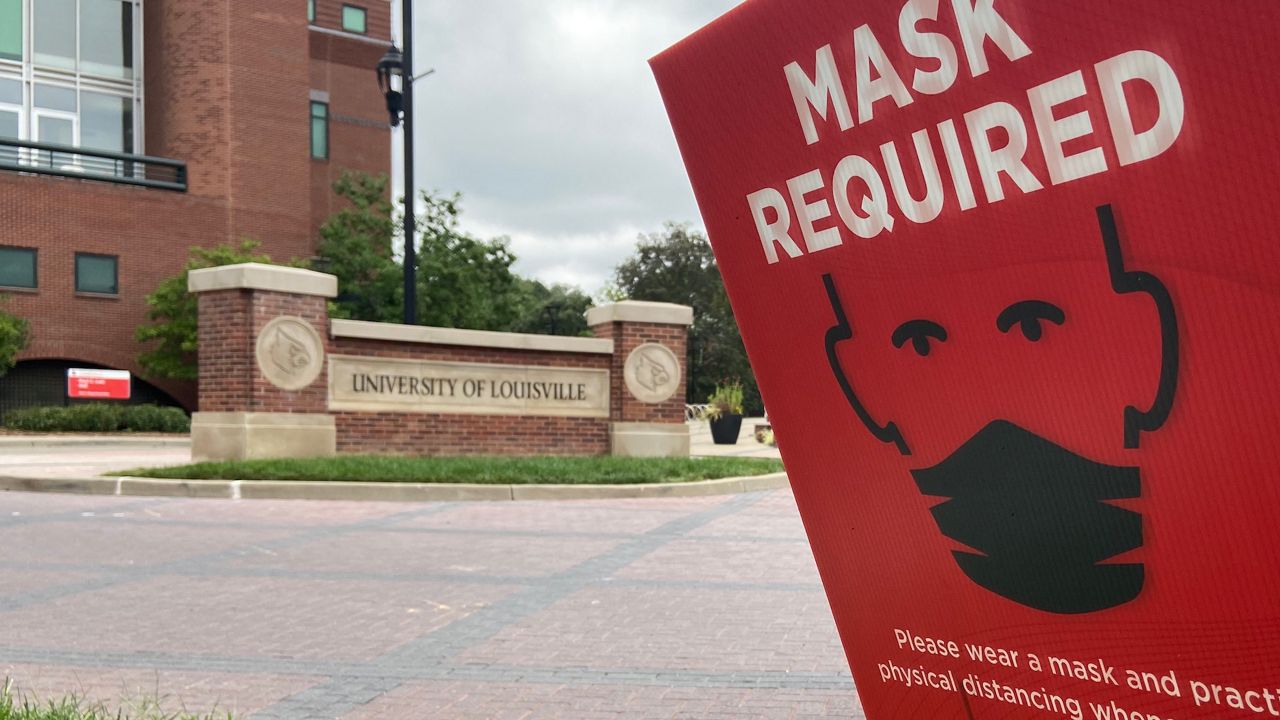LEXINGTON, Ky. — In a new study from the University of Kentucky, researchers found that drug overdose deaths spiked following Kentucky’s COVID-19 stay-at-home and business closure orders of March 2020. They also found that non-service industry workers were more likely to die by drug overdose in the months following the COVID-related shutdown of 2020.
The research was conducted by the Kentucky Injury Prevention and Research Center (KIPRC) at the University of Kentucky College of Public Health. The study is titled “Interrupted time series analysis of drug overdose fatalities in service-related industries versus non-service-related industries during the COVID-19 pandemic, 2018-21” and was published in the journal of Injury Prevention in 2023.
Researchers found in the years leading up to the study that service industry employees experienced the most drug overdose deaths. In the months following the COVID-related shutdown of 2020, however, that flipped and non-service industry workers were more likely to die by drug overdose.
In 2019, the rate of drug overdose per 100,000 employees was 46.7 and 45.7 for service and non-service industries, respectively. Those rates increased to 76.2 and 81.9 in 2021.
The jobs with the highest rate of drug overdose deaths in the service-related industry were: restaurant wait staff (10%), cooks (7%), landscaping and groundskeeping workers (6%) and automotive service technicians and mechanics (6%).
The jobs with the highest drug overdose deaths in the non-service-related industry were: construction laborers (15%), carpenters (7%) and freight, stock and material movers and hand occupations (7%).
Lead author of the study and director of KIPRC, Terry Bunn, said she wasn’t surprised in the uptick in overall drug overdose deaths, but was surprised in the jump in non-service-related industry overdose deaths. “I was surprised that the increase in fatal drug overdose numbers within the non-service-related industries was twice that of the service-related industry,” Bunn said.
Service workers had 1,789 drug overdose deaths during the 2018-21 period, compared to 2,838 for non-service workers in that same time period.
“I think that service-related industry employees may have been more resilient and adaptable to changes in employment status compared to non-service-related industries and could find employment in other essential industry sectors during the pandemic such as the home improvement and building materials industry and the grocery store industry sector,” Bunn said.
Researchers found fentanyl was the most commonly identified drug in overdose deaths in both industry groupings, with 44% of identified substances among service-related industry deaths and 48% of identified substances among non-service related deaths.
The second-most common drug identified in overdose deaths was methamphetamine.
Bunn said she hopes the study alerts employers in both fields to the need for resources to handle drug overdoses and substance use on-site.
“It is important for businesses to know about local community resources for timely linkage to substance use disorder treatment and to recovery support services as well as availability of on-site naloxone,” she said.
KIPRC pointed employers to a number of resources, including a substance use disorder treatment and recovery housing locators, and the Kentucky Small Business Toolkit for Hiring Employees in Recovery.
The research was funded by the National Institute of Occupational Safety and Health, Centers for Disease Control and Prevention of the U.S. Department of Health and Human Services.



